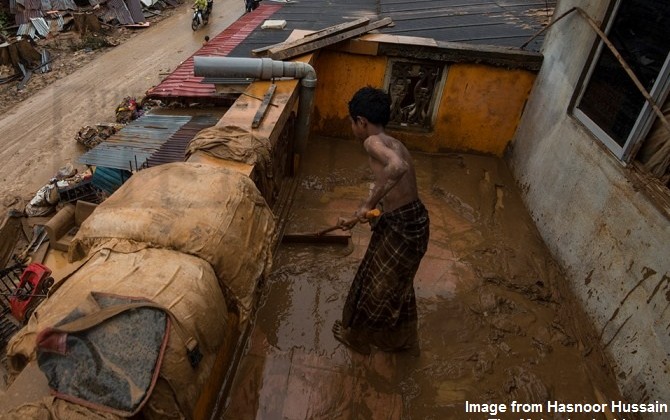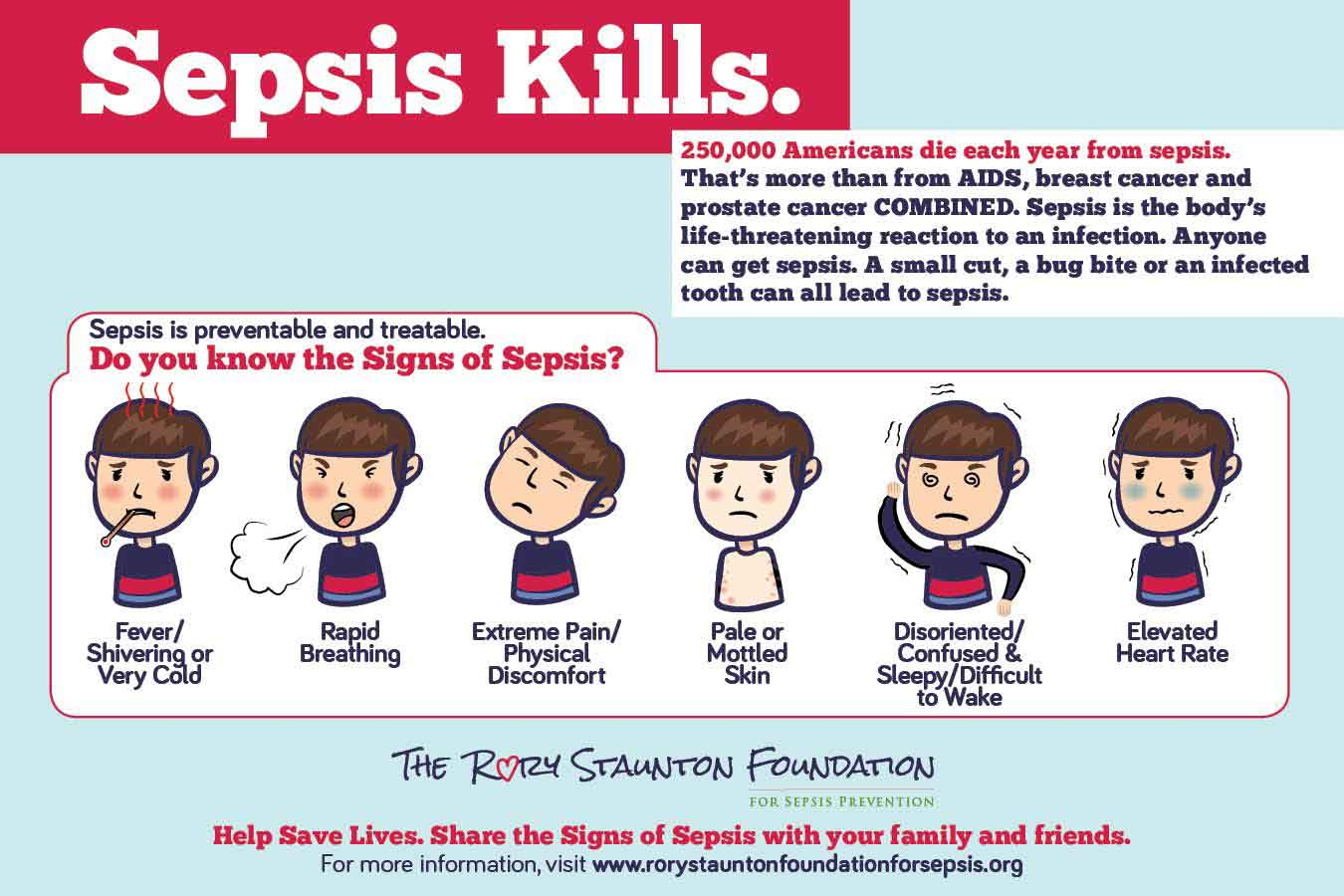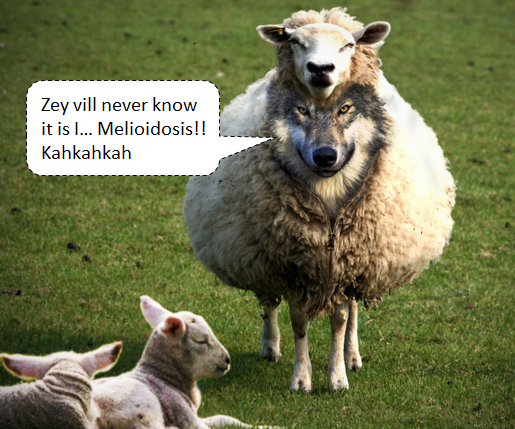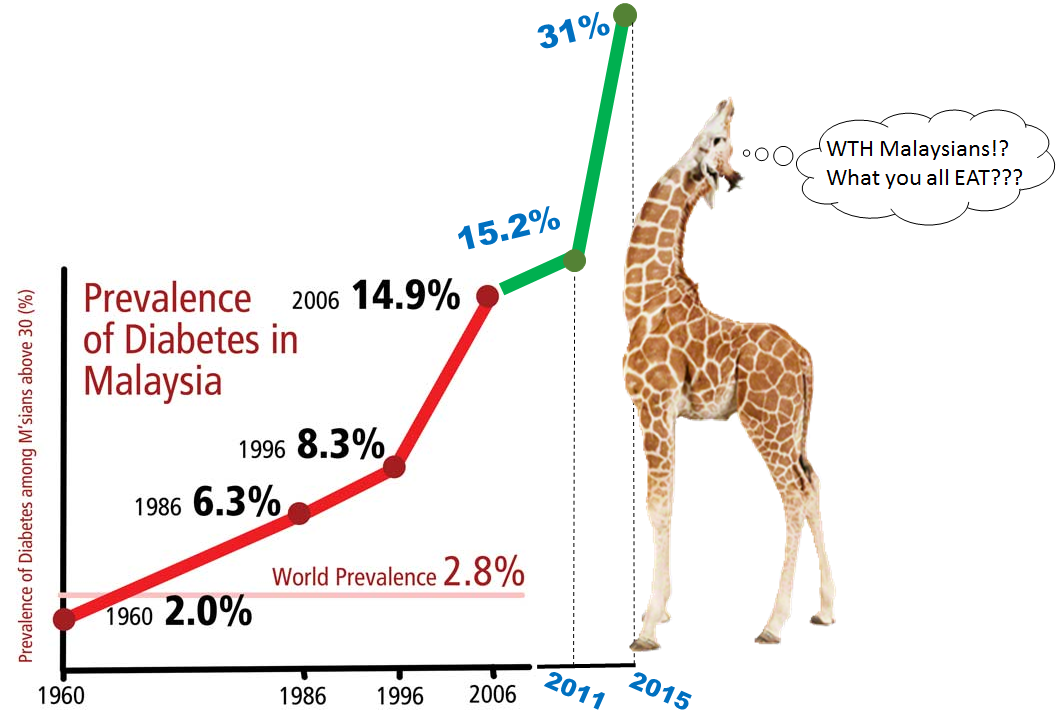Why should Msians be concerned about this deadly flood disease?

- 1.1KShares
- Facebook1.0K
- Email1
- WhatsApp1
What’s a disease that is as severe as Ebola, but eerily unheard of; has killed almost as many people as measles, but is clever at masking itself as some other kind of infection? Melioidosis. We’ve never heard of it, much less know how to pronounce it (that’s meh-lee-oi-do-sis – listen to the pronunciation here).
Melioidosis is a bacterial disease that infected 165,000 people and killed 89,000 globally in 2015. And every year, researchers estimate it kills 90,000 people. Measles killed 114,900 people in 2014 by comparison, according to the World Health Organization (WHO). Those are SCARY numbers!
But how bad is it in Malaysia? According to local health officials, 21 cases were detected in 2015, from 16 cases throughout 2014. Waitaminut… DENGUE has claimed more lives than that with 234 deaths and 85,488 cases. So melioidosis doesn’t sound immediately threatening, but hear us out…
There may not be that many melioidosis deaths in Malaysia, however this disease can very easily reach this country because of a huge problem we have every year – floods.
Floods?? Oh no! Does it come from the rain or something?

It would be pretty freaking scary if melioidosis comes from rain coz everyone could get sick! 😯
Actually the bacteria is found in contaminated water and soil, and it was detected in KL as early as 1917. It’s predominately a disease of tropical climates, especially widespread in Southeast Asia (Malaysia, Thailand, Myanmar, Cambodia, Laos, Brunei, Singapore, etc.) and Northern Australia, although scientists now say it could be in as many as 80 countries! Possibly around South America, sub-Saharan Africa, Central America, Southern Africa and the Middle East.
“It kills many people and kills silently.” – Direk Limmathurotsakul, Head of Microbiology at Mahidol Oxford Tropical Medicine Research Unit (MORU), Star2.com
Here’s how melioidosis KILLS people…
With severe pneumonia and blood poisoning.
PNEUMONIA – When a person is infected with bacteria, pus and mucus collects in the air sacs (alveoli) of their lungs. The lining of their air sacs will swell and become less elastic, making it harder for oxygen to go through and get into their bloodstream.
BLOOD POISONING – Or sepsis is a normal reaction of the body when there’s infection – the body’s immune system kicks into overdrive trying to fight off the bacteria. This sets off a series of reactions like inflammation, swelling and blood clotting. If not treated, the body can go into shock, leading to multiple organ failure and death. So it’s like your own body kills you, while trying to protect you! 😥

Melioidosis, which can infect humans and animals, comes from the bacterium Burkholderia pseudomallei. Yeahhh, no one remembers that so we’ll just stick to it’s equally unpronounceable, but at least short name, melioidosis. Actually, this disease goes by many other bizarre names which you can read here, but our favourite is the ‘Vietnamese time bomb‘.
During the Vietnam War, helicopter blades kicked up dirt, exposing soldiers to hidden pathogens in the soil and that’s how it earned its name. But the ‘time bomb’ part refers to how the bacteria can hide like a ninja in someone’s body for hours, years, or even DECADES(!) before the person gets sick.

Even scarier…melioidosis can ‘pretend’ to be other diseases
….so you might possibly get the WRONG medicine to cure it!!!

Think about it this way – your plant needs water, but you keep giving it sunlight and fertiliser instead. Eventually the plant’s gonna dry up and die without the water to ‘cure’ it. It’s a crappy analogy but you get what we mean right?
How is it possible that melioidosis can fool doctors?! Well, this disease is super sneaky, which is why scientists gave it the nickname ‘the Great Mimicker’. It causes a wide range of symptoms (eg. chest, bone, or joint pains, skin infections, lung nodules, etc.) similar to other conditions, throwing even good doctors off its scent. It’s commonly mistaken for tuberculosis and pneumonia among other things:
“You might look like you have some skin irritation, or you might have an abscess on your liver, and it’s the same disease.” – Stuart Wilson, Molecular Biologist at the University of Sheffield, sciencemag.org

Shoooooot! Maybe that’s why it’s so under-reported. We couldn’t find it on WHO and Mayo Clinic’s page, however, the Centers for Disease Control and Prevention (CDC) has info on it. Doesn’t that say something of how little we understand this disease?
“Although melioidosis has been recognised for more than 100 years, awareness of is still low even among medical and laboratory staff in confirmed endemic areas.” – Direk on Qatar News Agency
Anyway, the REAL way to treat melioidosis is with antibiotics, though there’s only a very narrow range that work. According to the CDC, treatment starts with intravenous antimicrobial therapy (means jab or drips) for 10-14 days, followed by oral antimicrobial therapy for 3-6 months.
Since the bacteria is found in water and soil, it is an airborne and waterborne disease. Bacteria can masuk your body if you have cuts in the skin, or if you inhale contaminated dust… or if you drink contaminated water, though that’s more rare. And as mentioned, infection most commonly occurs during the rainy season.

“During the dry season, melioidosis bacteria live deep in the soil but after rain, larger amounts of the bacteria are brought to the surface and this poses a risk of exposure to people.” – Dr. Vicki Krause, The Centre for Disease Control Director, NT News
Which is why the concern is greatest during banjir seasons in Malaysia, particularly in PAHANG, where it’s an endemic. The 21 cases in 2015 we mentioned jeznow? All in Pahang!! One instance was the Lubuk Yu flood rescue operations in 2010. The Pahang Health Department found melioidosis and leptospirosis in the blood samples of the volunteers. Additionally in 2014, Pahang saw a surge of cases after the massive December flood.
Aiyo, how liddat to protect ourselves?

Well, let’s start with the people who are MOST at risk. Those with:
- Diabetes (ESPECIALLY these guys)
- HIV/AIDS
- Kidney failure/kidney stones (renal disease)
- Alcoholics
- People who are occupationally exposed to mud, soil, water – farmers and rubber tappers
- Occupational exposure – farmers, rubber tappers
“It’s a big bully of the weakened immune system, but when it comes to a competent challenger, it shies away and scurries off like a mouse. Though even so, literature has recorded cases where patients with competent immune systems have been known to be infected as well.” – Dr. Chiam Keng Hoong, The Malaysian Medical Gazette
SOOO, basically Dr. Chiam is saying we shouldn’t take chances la, even if we’re big and strong and drink Brand’s Essence every day. You read what the treatment is – it takes up to 6 months! Ain’t nobody got time fo’dat! Better you prevention than cure. Doctors and scientists have argued for a long time to give melioidosis a higher priority. They’re worried that with the rising trend of diabetes, more people will be at risk. In Malaysia, the rate of diabetes is definitely going up:

BUTTT studies and research aside, we need a need a real and proper way to protect Malaysians from melioidosis NOW. Coz knowing Malaysia, the next flood is bound to be not too far into the future. How? Well, the first picture in this point gives us a clue – hazmat suits. Just kidding la, you don’t need to dress up like Malaysia’s next astronaut to protect yourself.
Use WATERPROOF boots and gloves! That is Pahang Health Director Dr. Zainal Ariffin Omar’s advice, especially for farmers and relief workers. Healthcare workers can use masks, gloves and gowns. Also, if you’ve recently been involved in flood, relief work, etc., and you’ve think you might have symptoms, you should check with a doctor.
We know a lot of Malaysians out there have big hearts and they wouldn’t hesitate to volunteer when it floods again. And yes, it’s mafan to wear boots and gloves, maybe it feels cumbersome for the work you’re doing, but please please please remember that when dealing with a disease like this, prevention is better than cure.
- 1.1KShares
- Facebook1.0K
- Email1
- WhatsApp1



